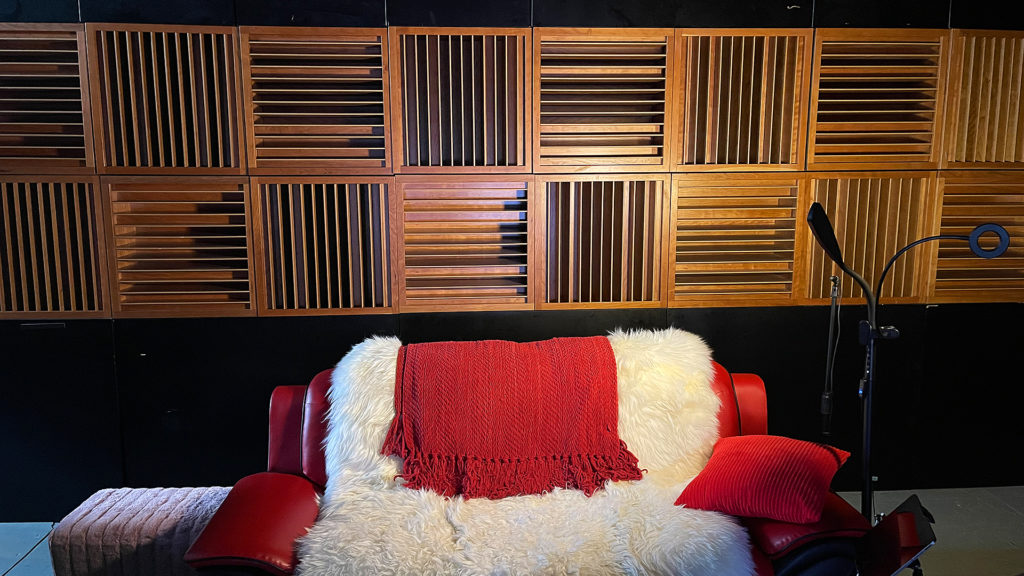
What is the best way to soundproof a wall? What does soundproofing a wall actually mean and what is the best way to soundproof a wall? Let’s back up a bit and examine the terms used. There is no such thing as a soundproof wall. When you are dealing with noise transmission, nothing is “proofed” with noise. Noise transmission is managed or reduced in strength but with noise there are no absolute barriers. The best way to soundproof a wall should really be what barrier do I construct to minimize the transmission of my particular noise.
All noise is different and must be measured before you can build any structure type to mitigate the noise. All noise once measured over a seven day time period has different frequencies and amplitudes or strength. These frequencies and amplitudes can vary day to day. All noise must be measured, quantified and qualified. Once data is gathered, the barrier design process begins. There is no best way to soundproof a wall. Every noise situation is different. At Acoustic Fields we have a measurement process you can use with your phone.

Soundproof a Wall: Material Types for Noise Reduction
Every material type used in your barrier, which is defined as the structure you build to minimize your frequency and amplitude of your measured noise. Every material type you use in your barrier, will have an impact only on certain frequencies. The barrier you construct will consist of numerous material types arranged in a predetermined order and sequence.
The materials and the way they are arranged to form the barrier must all work together using material types to achieve as low of a STC or Sound Transmission Class rating as possible. Noise frequencies that are more in the lower frequency range will require a barrier design that is much thicker and more dense than a barrier that would focus on the noise transmission of voice.

The Importance of Barrier Design in Critical Listening Environments
When you are designing any critical listening environment, the room has two parts. It has a shell or external structure that is termed the barrier. The barrier is designed to only do one thing and that is to reduce the vibrational transfer through the barrier structure. The noise is first measured. The materials that are selected are based upon the noise numbers. They are also arranged together addressing the lowest frequency issues first in the design of the complete barrier.
Noise frequencies are broken up into two main parts. We have lower frequency noise which is below 125 hz. , we have a barrier design that is different from noise that is above 125 hz. This example illustrates how complex noise transmission is and how expensive it is to mitigate. Noise issues can destroy budgets. Noise issues can be 5-6 more in cost than the absorption and diffusion technologies that are used within the room.

Managing Inside Room Energy with Absorption and Diffusion Technologies
Once you have the proper barrier noise numbers and then the proper barrier design, you are finished with the noise or shell issues. Now we must focus on the energy that stays within the room. We have two options to treat this inside room energy which is producing two main issues inside the room. We have lower frequency pressure that does not fit within the dimensions of our rooms producing room modes that can exaggerate or attenuate certain frequencies.
You will either hear too much of some sounds and not hear any with other sounds. Room modes are room distortions and they must also be managed just like noise issues. We use two treatment types within our room. They are sound absorption and sound diffusion. Sound absorption is used for low, middle, and high frequencies while diffusion is used for middle and high frequency management.

Choosing the Right Absorption and Diffusion Technologies for Small Rooms
When treating any small room with absorption and diffusion that will have a room usage using music and voice, you must focus on the rate and level of absorption you are considering for absorption and the frequency response that you are considering for diffusion.
You must know how low the lower frequency will work at and make sure that frequency is treated with enough of the absorption technology to have an audible impact on the room acoustics. Our ACDA series is the most powerful of any lower frequency absorption technology in the marketplace. It goes lower and absorbs more energy than exists today in the marketplace.







